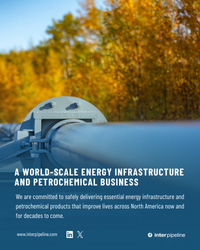Crude oil, natural gas and NGL production roared back in 2023. All three energy commodity groups hit record volumes, which means one thing: more infrastructure is needed. That means gathering systems, pipelines, processing plants, refinery units, fractionators, storage facilities and, above all, export dock capacity. That’s because most of the incremental production is headed overseas — U.S. energy exports are on the rise! If 2023’s dominant story line was production growth, exports and (especially) the need for new infrastructure, you can bet our blogs on those topics garnered more than their share of interest from RBN’s subscribers. Today we dive into our Top 10 blogs to uncover the hottest topics in 2023 energy markets.
Posting a daily blog focused on a singular subject and blasting it to an audience of 40,000 readers gives us the opportunity to gauge significant market trends by tracking readership metrics. And each year for the past 11 years we have looked back to see which topics rank at the top of the hit parade and posted an end-of-year blog titled “Top 10” to distill common themes from what amounts to crowd-sourced market intelligence. Today’s blog is our latest edition of this tradition.
Just like any year-end Top 10 list, we’ll start with #10 and work our way up to #1.
Here are the Top 10 blogs of 2023 (in reverse order, by number of website hits):
#10 –2/26/23 – Natural Gas: Gotta Get Over - The Race to Debottleneck U.S. LNG Feedgas Routes
An LNG export project is nothing without the upstream supply and transportation capacity to feed the liquefaction plants. To that end, there are a slew of pipeline projects in the works to supply feedgas to these multibillion-dollar facilities. In this blog and the four subsequent postings in the series we detailed where the capacity bottlenecks are located, the pipelines being constructed or on the drawing boards to relieve those constraints, and what it all will mean for the Gulf Coast LNG facilities coming online over the next few years. The bottom line is that there are a lot more moving parts involved with this second wave of LNG export capacity additions than there were during the first wave, most of which involved existing pipelines and the repurposing of former import terminals. This time around there’s a lot more greenfield infrastructure involved, and that makes the process more complicated and less predictable.
Join Backstage Pass to Read Full Article









